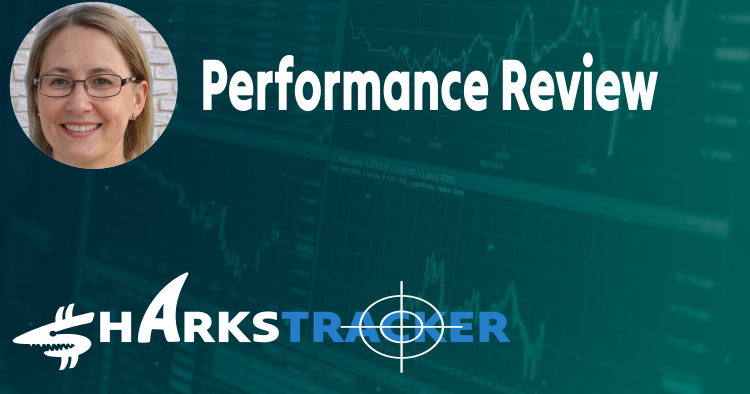Illinois Tool Works Reports 14% YoY Growth in Q1, Despite Decline in Semiconductor Business
2023-07-30
Illinois Tool Works (ITW), a manufacturing company, held its first-quarter earnings conference call to discuss the company's financial results for the quarter and provide an update on its outlook for the full year 2023. Led by ITW's chairman and CEO, Scott Santi, and attended by senior vice president and CFO, Michael Larsen, the meeting covered several important topics.
The company's progress report was a key focus of the meeting, revealing a significant 14% year-over-year increase in Q1. While this growth is promising, it is important to delve into the performance of the semi side of the business, which experienced a decline of 10% to 15% in Q1. Furthermore, the company expects further softness in Q2. Understanding the reasons behind this decline and its impact on the company's overall financials would provide valuable insights for investors and stakeholders.

Despite the challenges faced in the semi business, ITW's market outlook remains positive. The 14% year-over-year increase in Q1 indicates strong growth, and the company projects an overall organic growth rate of around 6%. Additionally, ITW expects its margins to remain in the mid-20s, reflecting effective financial management.
Several key drivers contribute to ITW's business growth, including strong demand rates in capital equipment businesses such as food equipment, test and measurement, and welding. The automotive business also plays a significant role in driving growth. However, there is softness in consumer-oriented and interest rate sensitive segments, as well as in the construction industry. Despite these challenges, ITW sees significant organic growth opportunities in all its divisions and is investing in innovation, commercial resources, and capacity to support customers. The company expects margins to increase in every segment and is actively addressing inventory correction and destocking in certain consumables businesses.
During the meeting, various key performance indicators (KPIs) were discussed. The progress report highlighted the 14% year-over-year increase in Q1, demonstrating the company's growth and performance. The organic growth rate of 6% measures ITW's ability to increase revenue without considering acquisitions or other external factors. The mid-20s margins reflect the company's profitability and its ability to generate profits from its operations. However, the decline in semi revenues, ranging from 10% to 15% in Q1, underscores the challenges faced in the semiconductor business segment.
Looking ahead, ITW's outlook for the quarter and year is mixed. While certain businesses are expected to experience slowing revenues, the majority of its businesses continue to experience solid demand. The company remains well positioned to deliver solid performance in the second quarter and for the remainder of the year. The CFO also mentioned that the company's historical assumption of a 49-51 split in EPS breakdown is still a good planning standpoint.
The participants on the call included Karen Fletcher, the Vice President of Investor Relations, Scott Santi, the Chairman and Chief Executive Officer, Michael Larsen, the Senior Vice President and Chief Financial Officer, and representatives from various financial institutions such as Citi, JPMorgan Chase and Company, Vertical Research Partners, Melius Research, Goldman Sachs, Jefferies, Credit Suisse, Bank of America Merrill Lynch, Wells Fargo Securities, Wolfe Research, and Barclays.
In conclusion, ITW reported a positive progress report in Q1 with a 14% year-over-year increase. While most business segments performed well, the semiconductor side experienced a decline of 10% to 15% in Q1, with expectations of further softness in Q2. Despite these challenges, the company achieved organic growth of 6% and maintained margins in the mid-20s. The call meeting provided valuable insights into the company's financial performance and its strategies to address the challenges faced in specific business segments.

